Two urban concept cars, from Spain and Portugal, at the Shell Eco-marathon at the Silesian Ring in Poland, 14 June 2025
The Jetsons-style urban concept car from the IES Leonardo da Vinci from Spain.
A prototype of the Ruse University of Bulgaria in pre-race checks.
The prototypes are like fancy cigars, with very little room for anything.
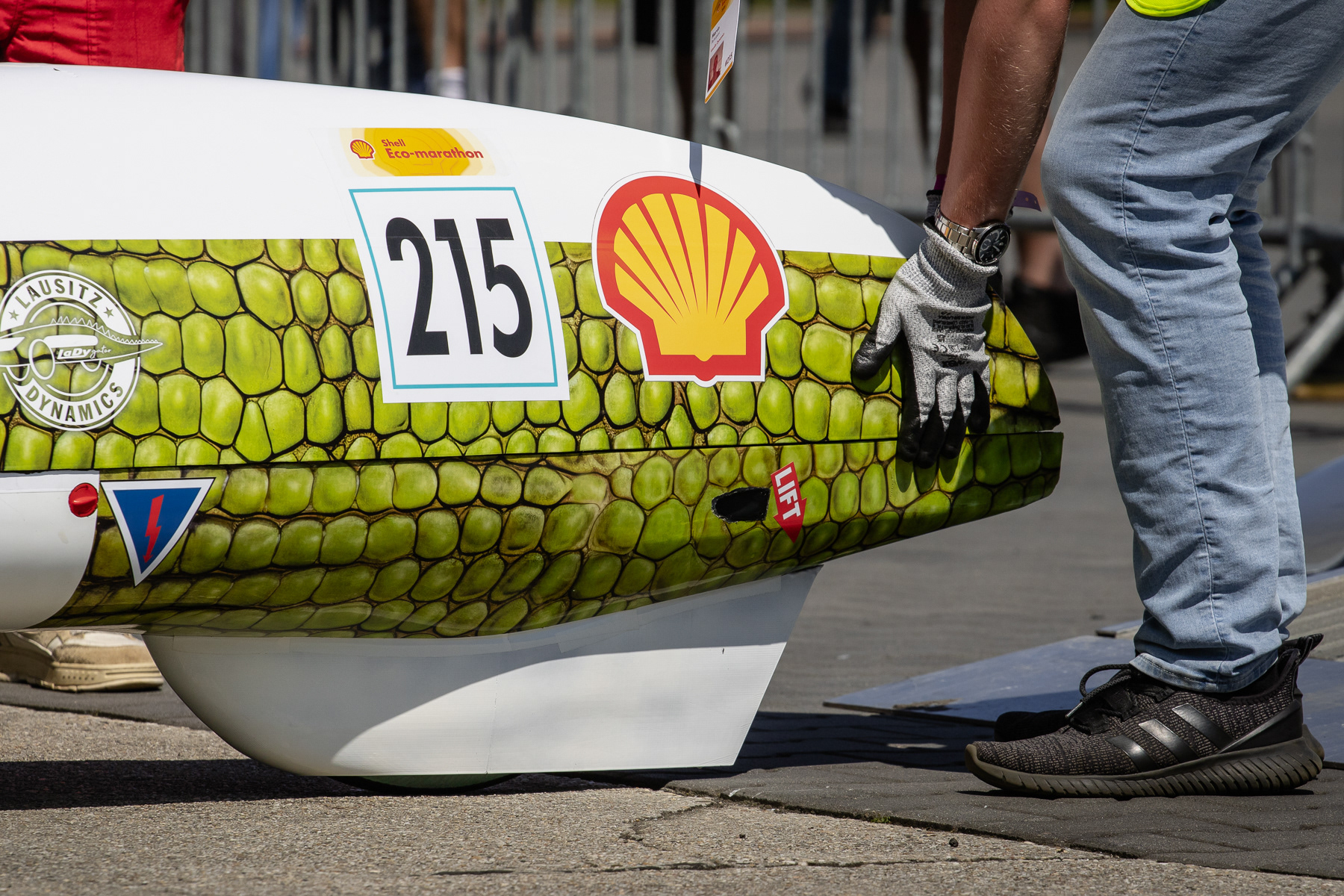
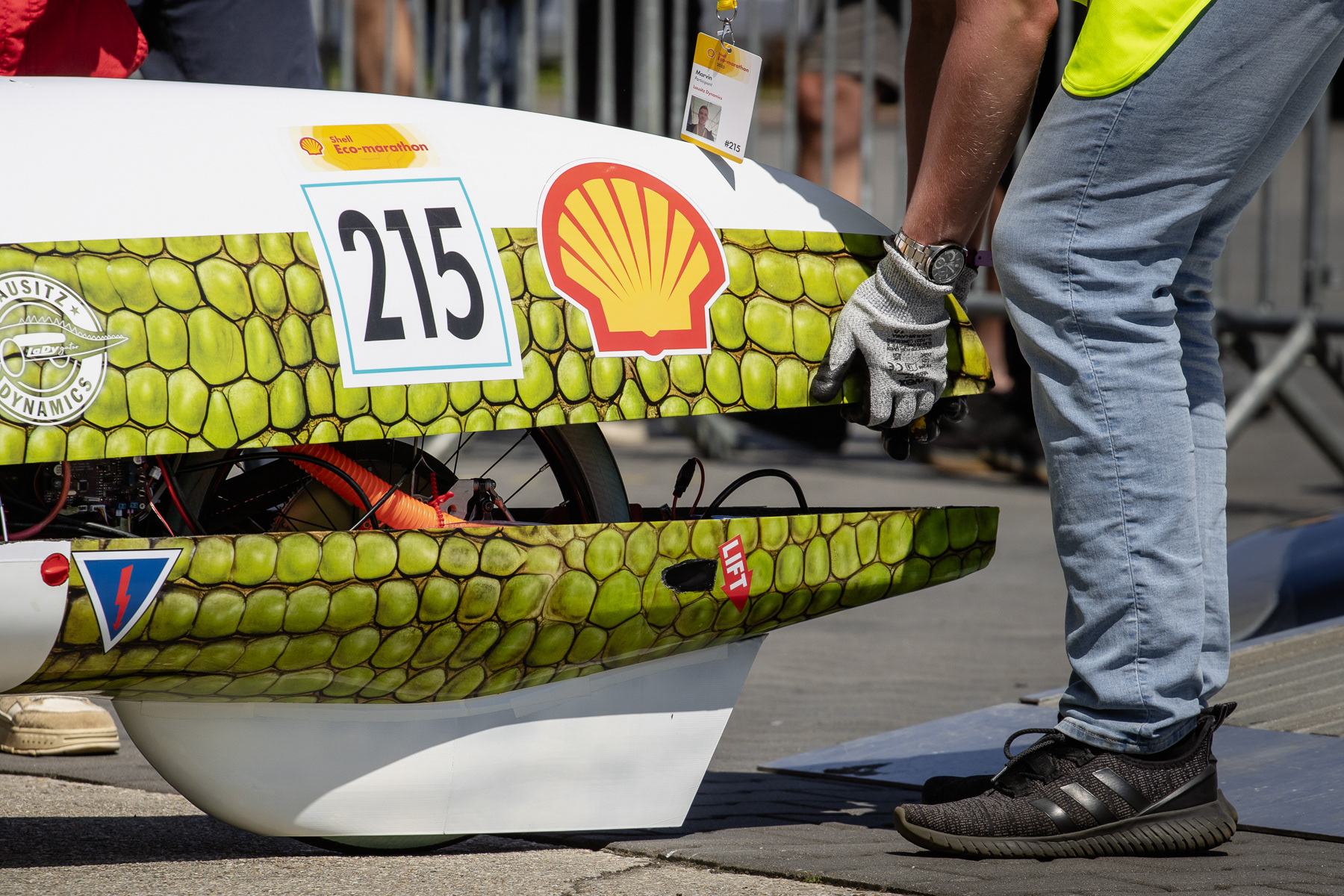
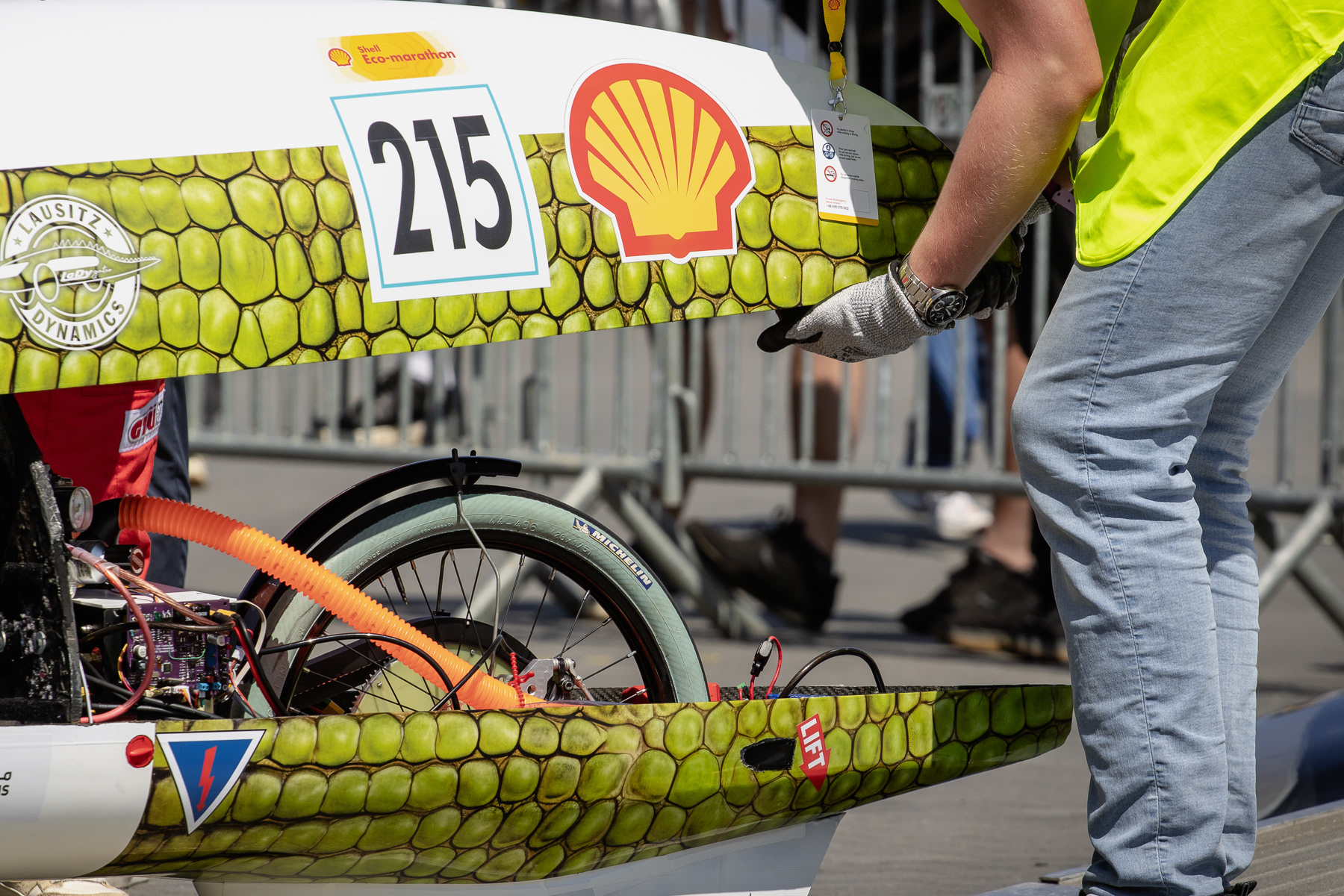
There is even barely space for the driver. Here at the breaks test.
The tiny electric power plant of this prototype.
Without the cover/canopy, some of the vehicles look not much more than a basic go-kart. But looks can misguide you. This is the vehicle, and the driver, of the High School of Trnava, Slovakia.
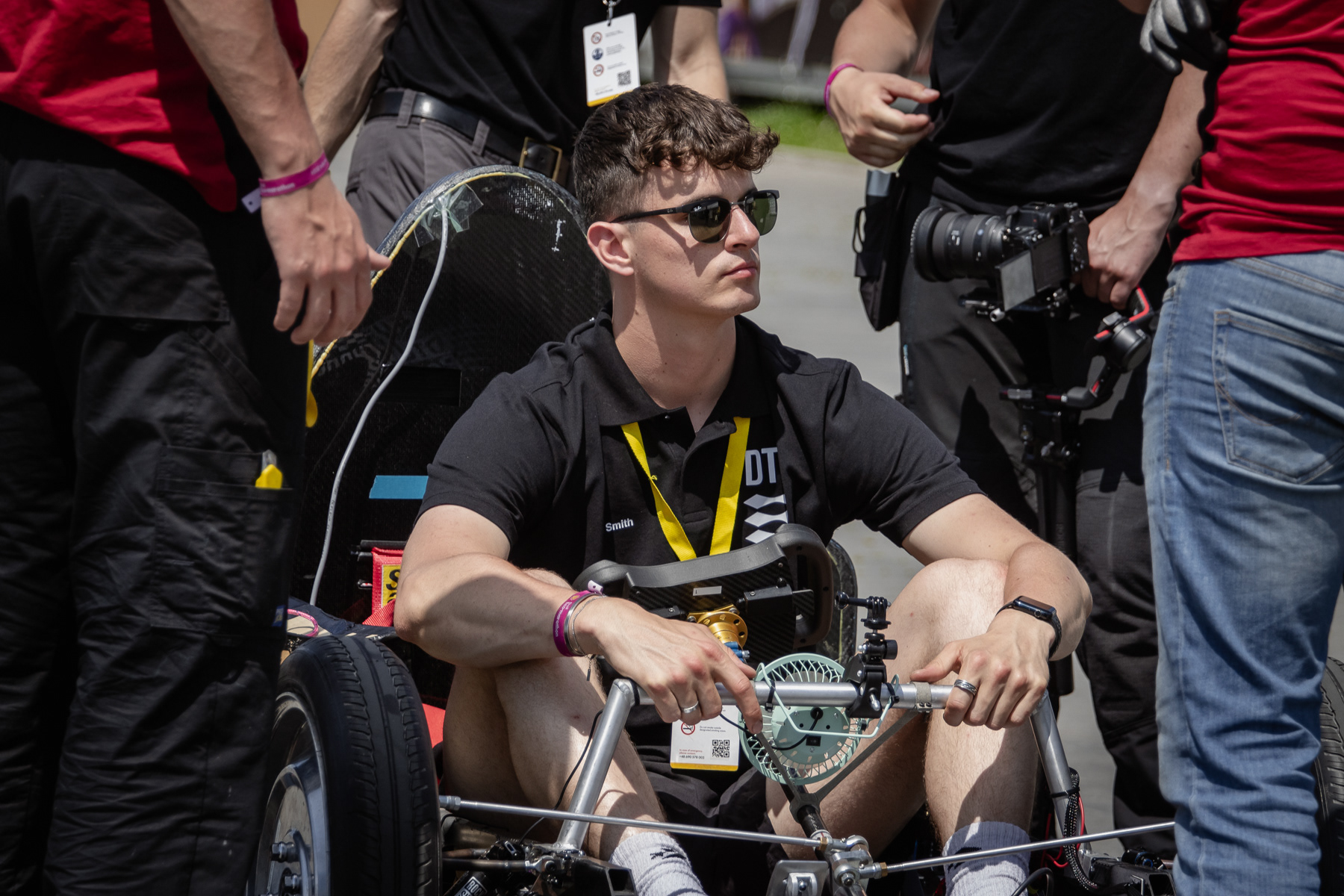
Discussing some technical challenges.
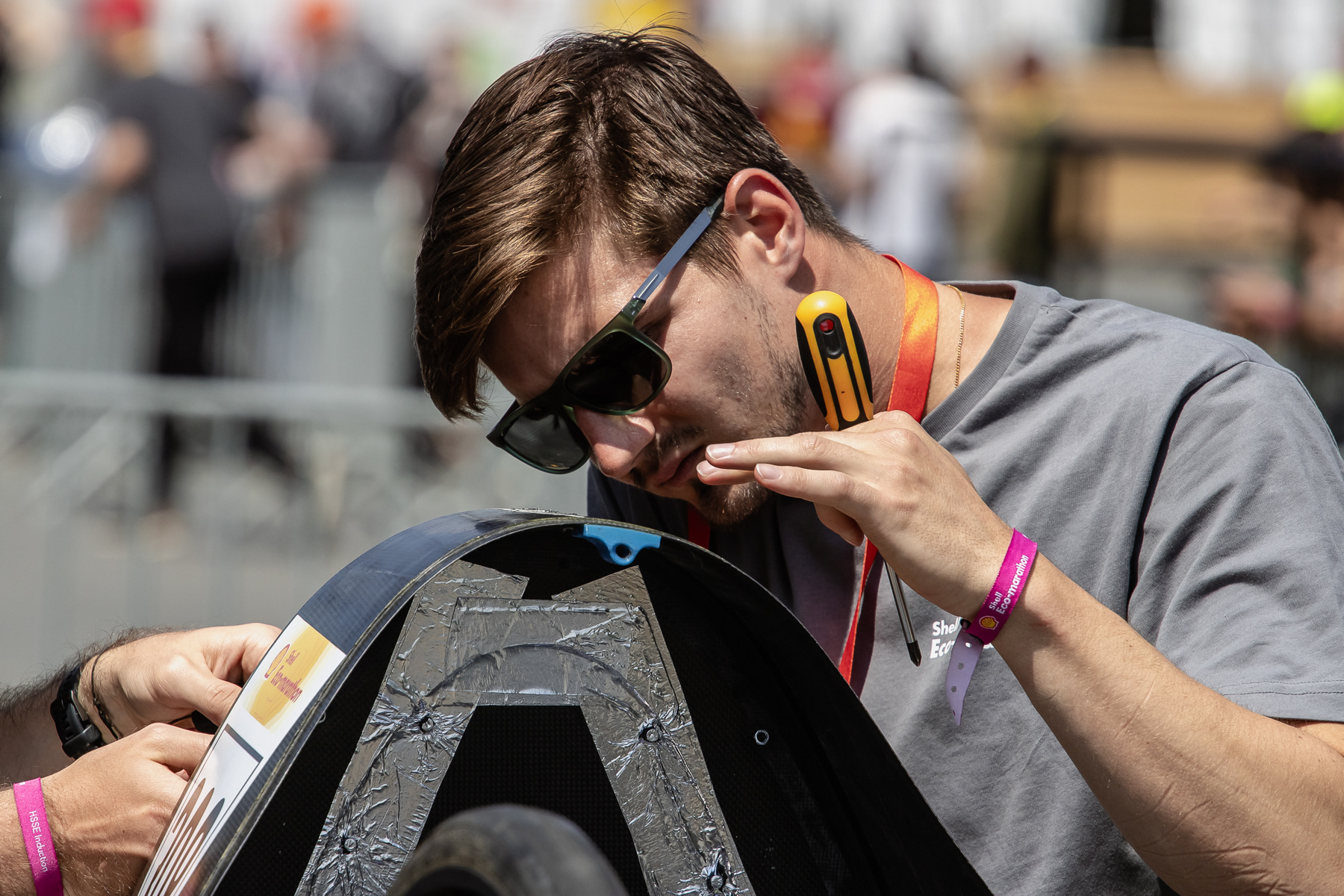
Final adjustment to a prototype.
The ground crew of the Danish Technical University is monitoring the progress of its vehicle while it completes multiple rounds on the track.
More like a mini-vehicle from Star Wars than a car, being pushed through the pit.
One of the prototype cars in the final curve before the finish line.
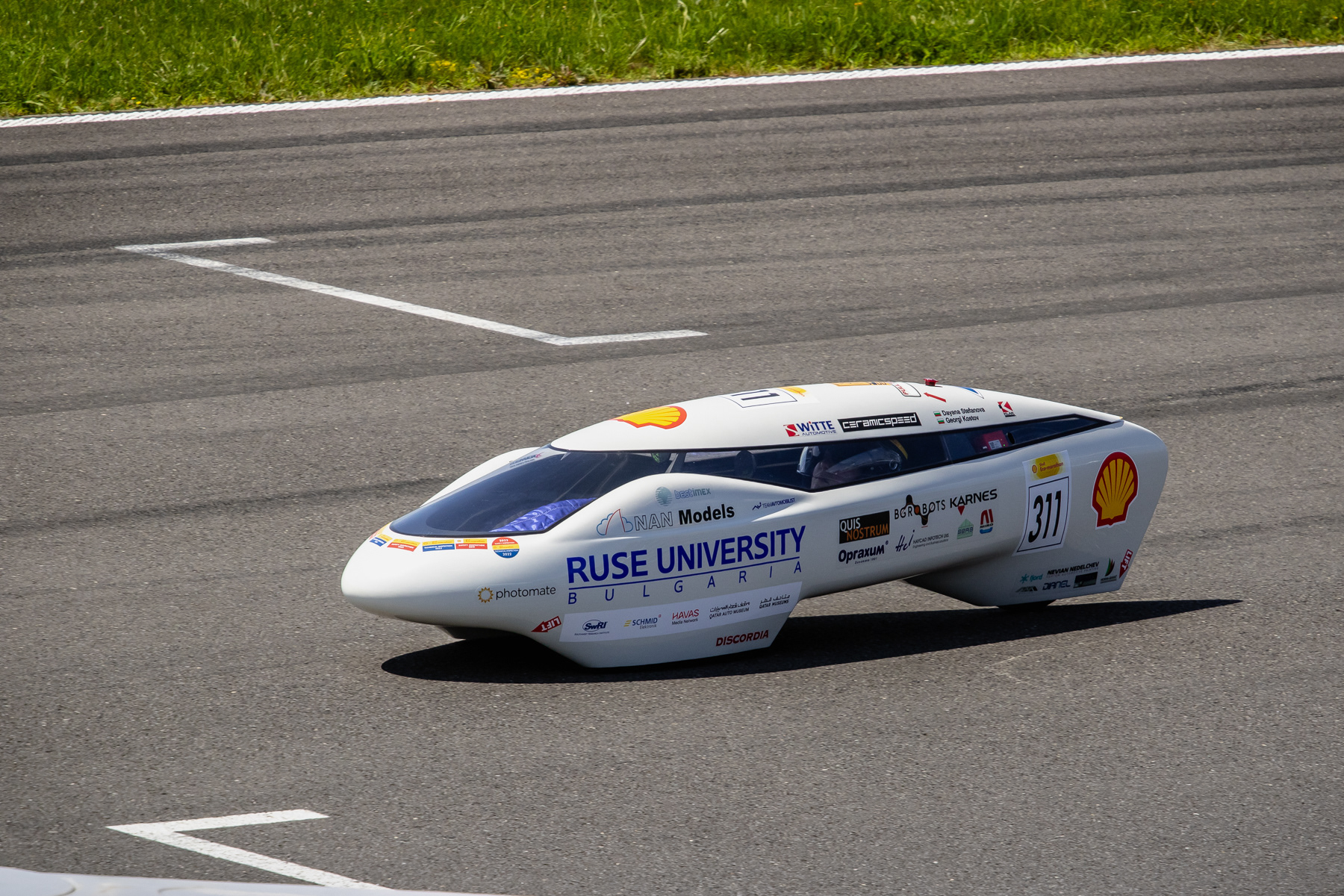
The prototype of Ruse University, Bulgaria.
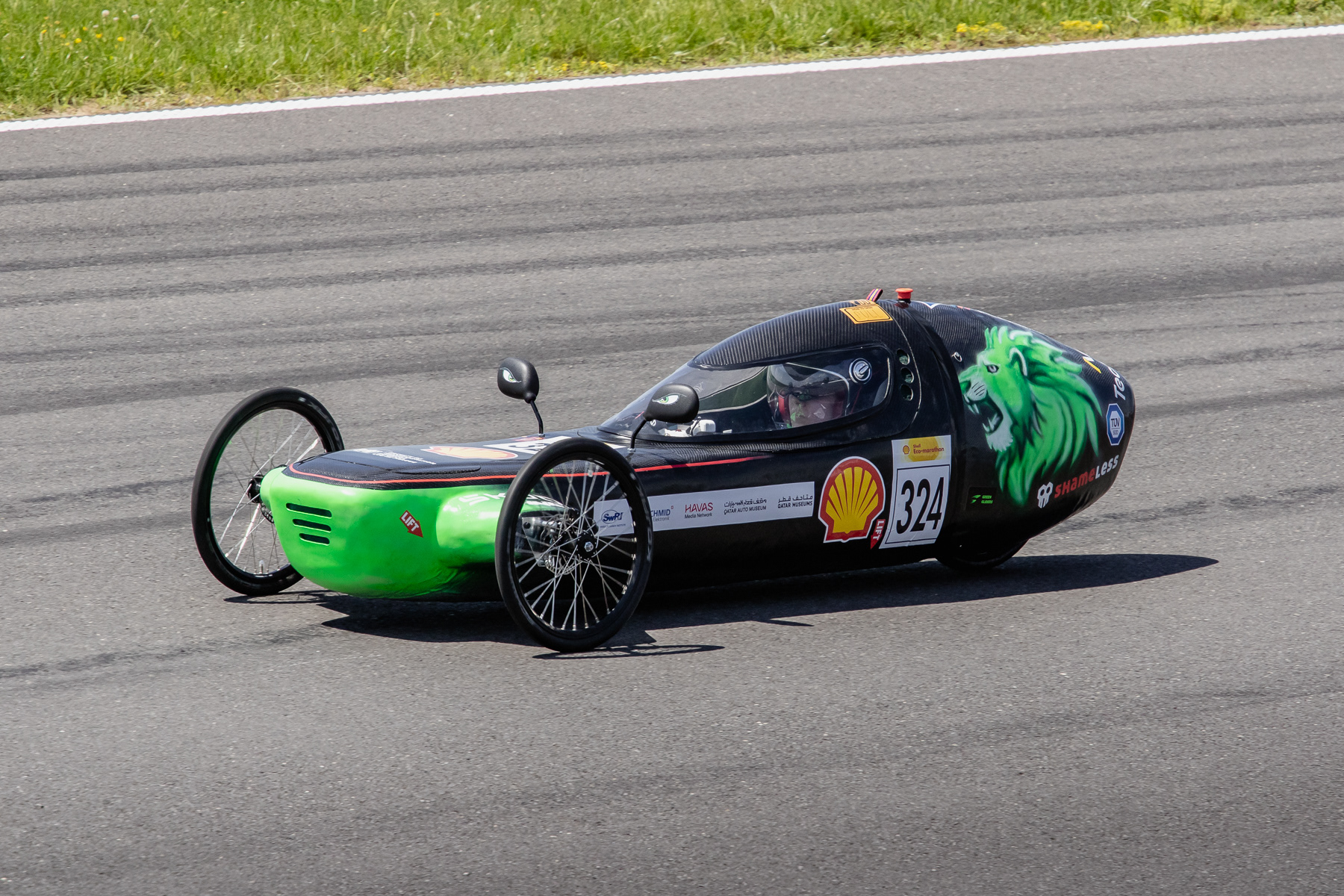
A fierce green lion on this prototype.

Shark teeth on this protytpe
Two prototypes on the track of the Silesian Ring.
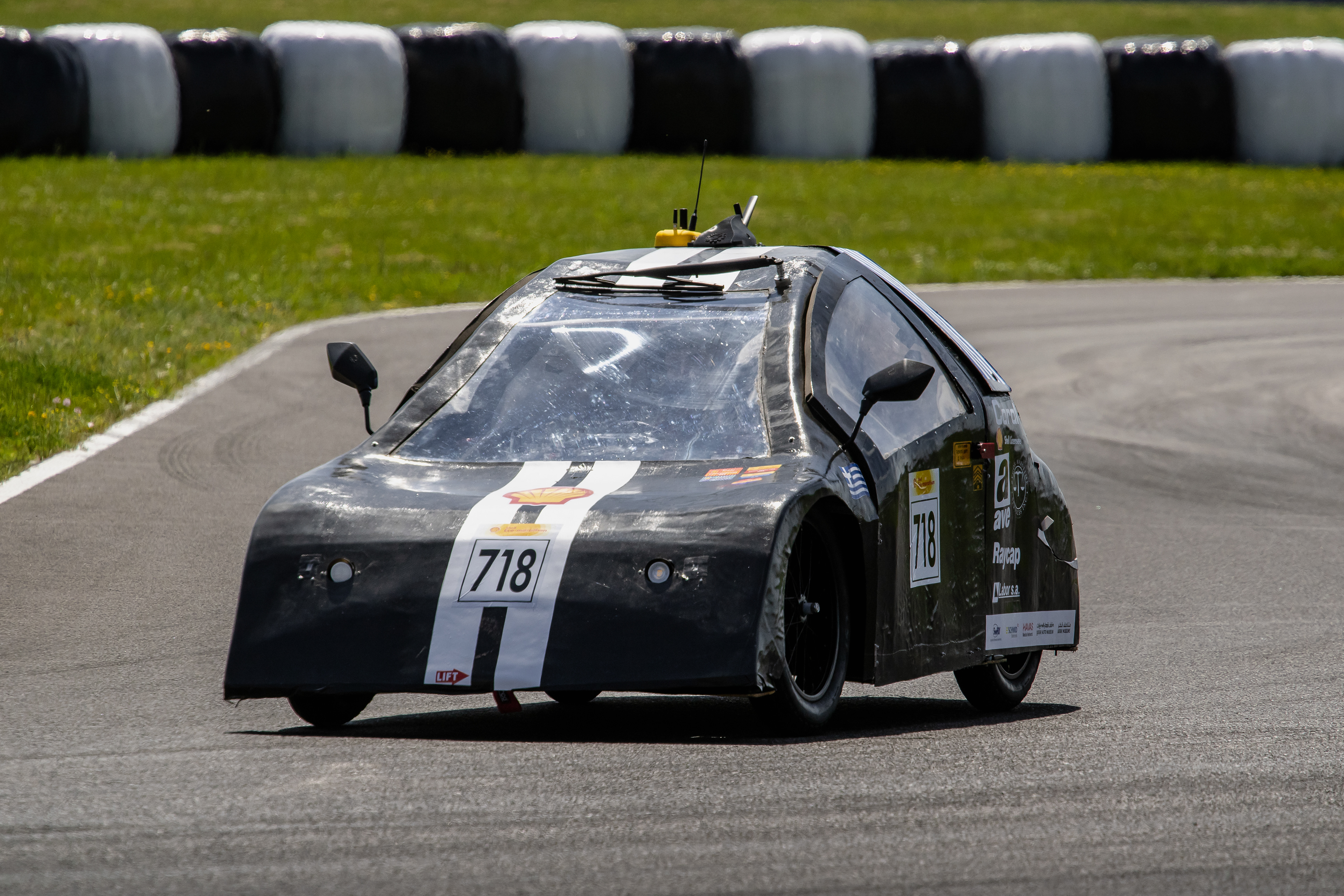
Some urban concept cars look almost like a normal car.
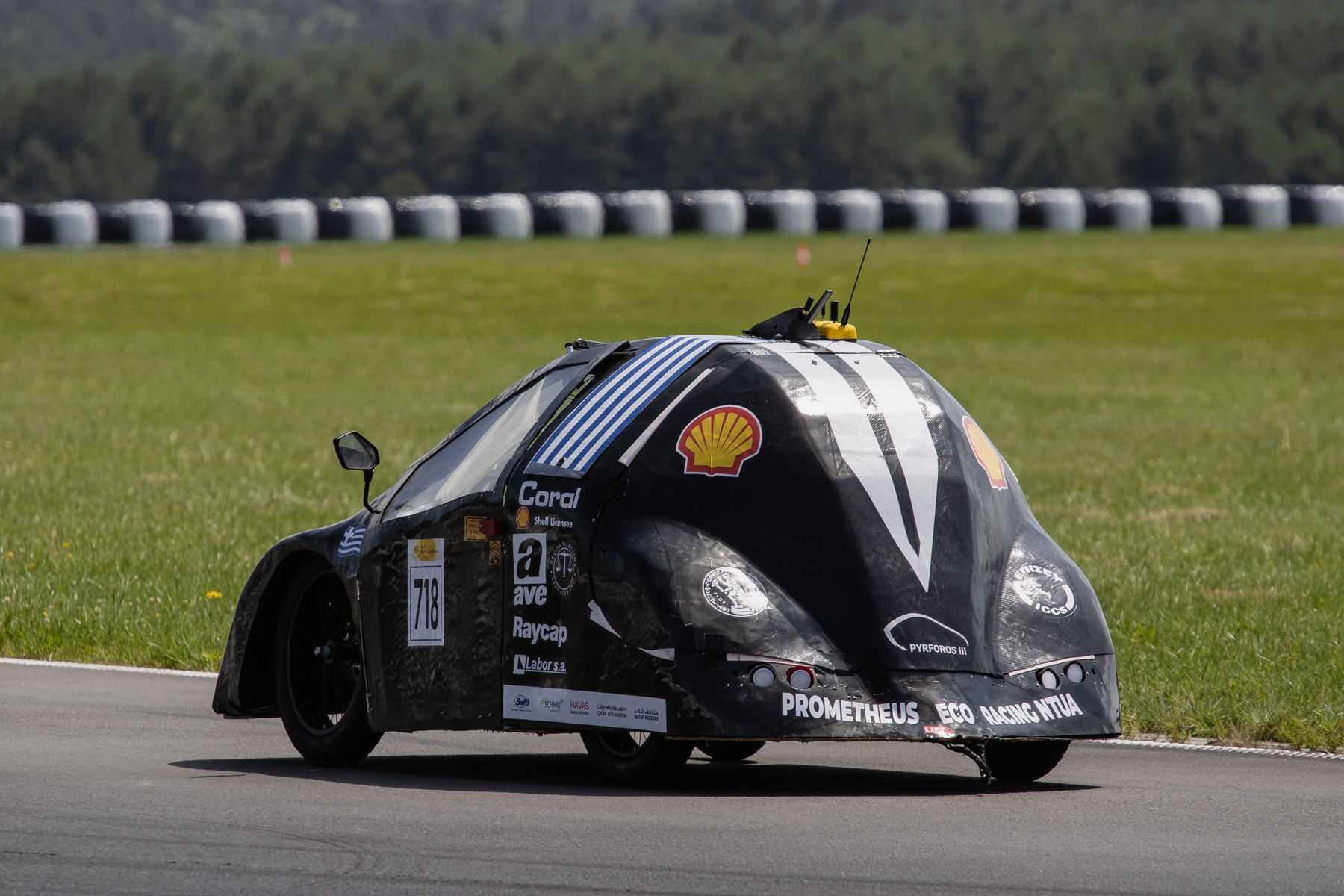
Like this one from the National Technical University of Athens, Greece.
Other urban concept cars are very Jetsons-style, like this one from the Technical University of Denmark. The Dannebrog (Danish flag) livery is hard to miss.
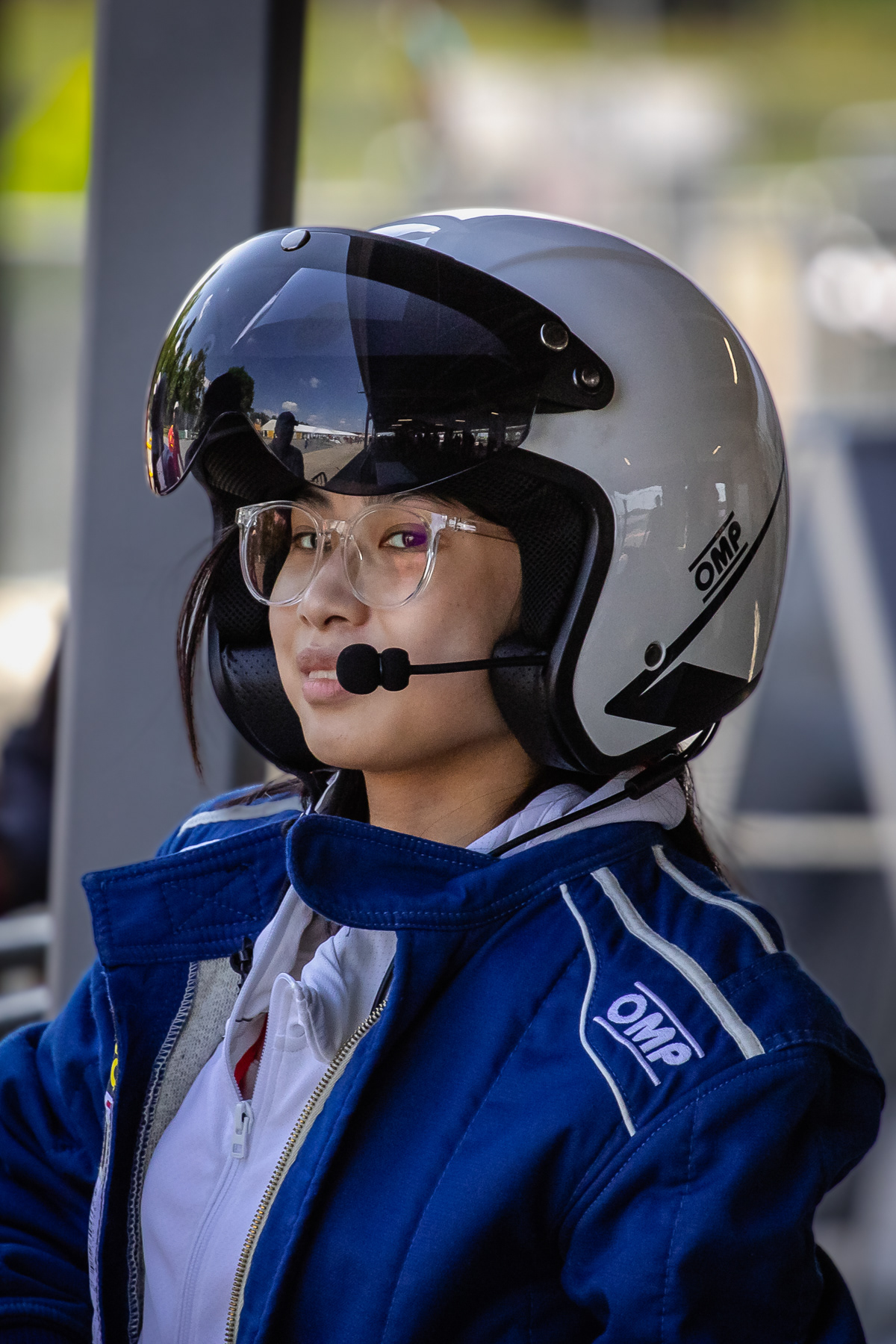
A young female driver.
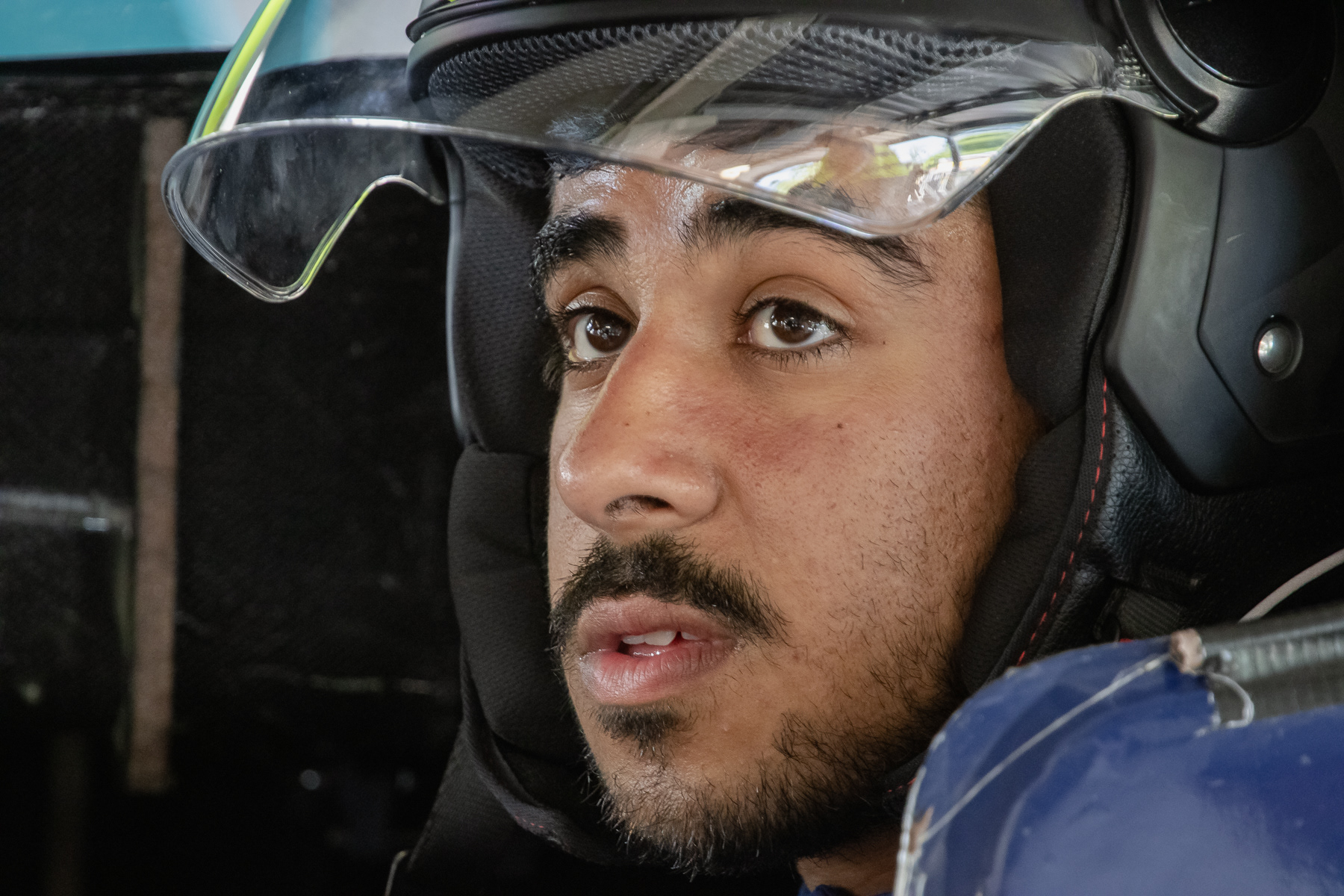
Tension and concentration on the face of this male driver, at final pre-race checks.
A young female driver before entering her urban concept vehicle at pre-race final checks.
Inside the paddock.
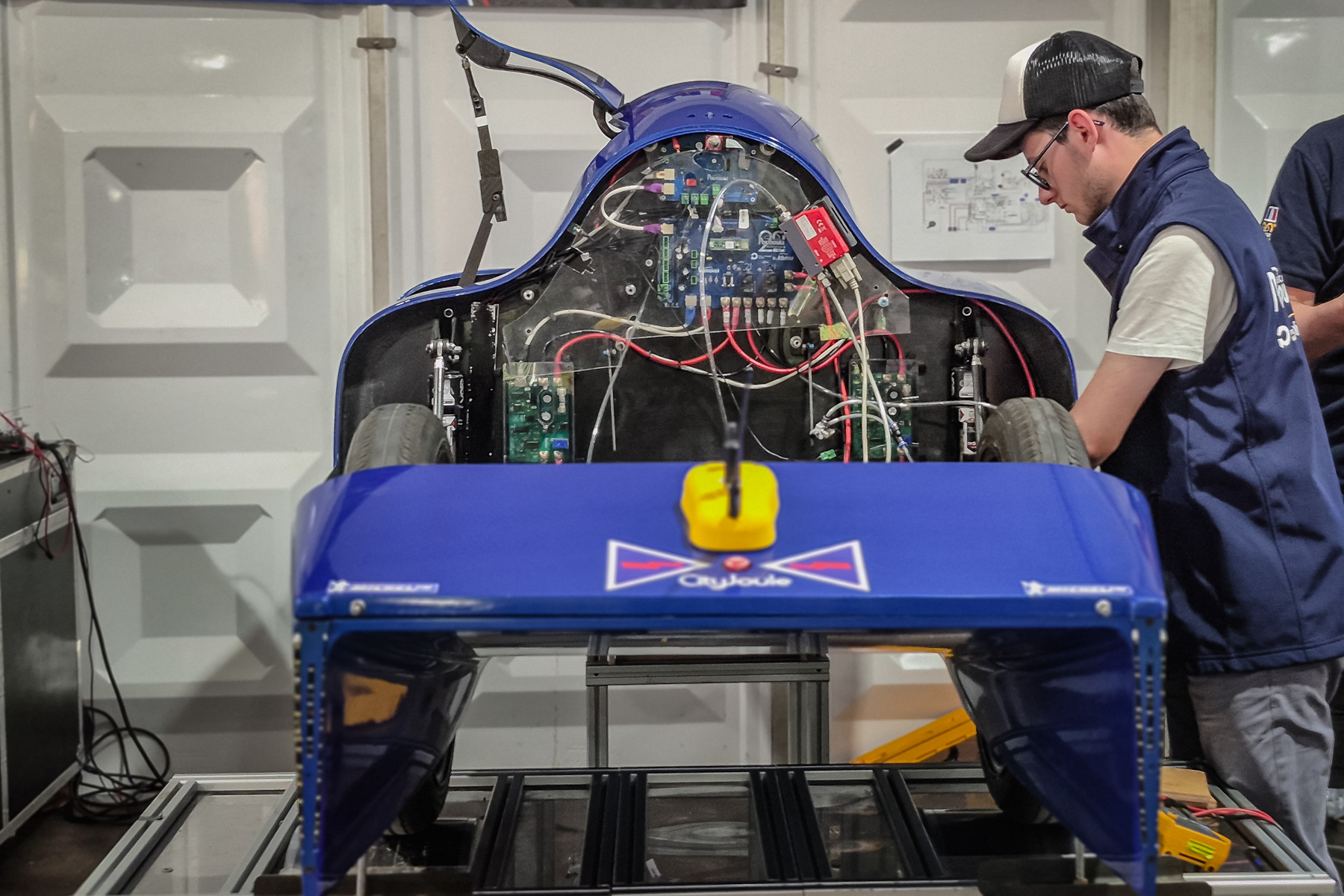
One of the French urban cars.


Some Ferrari inspiration, maybe.

The urban concept car of the Politechnic of Lublin, Poland.
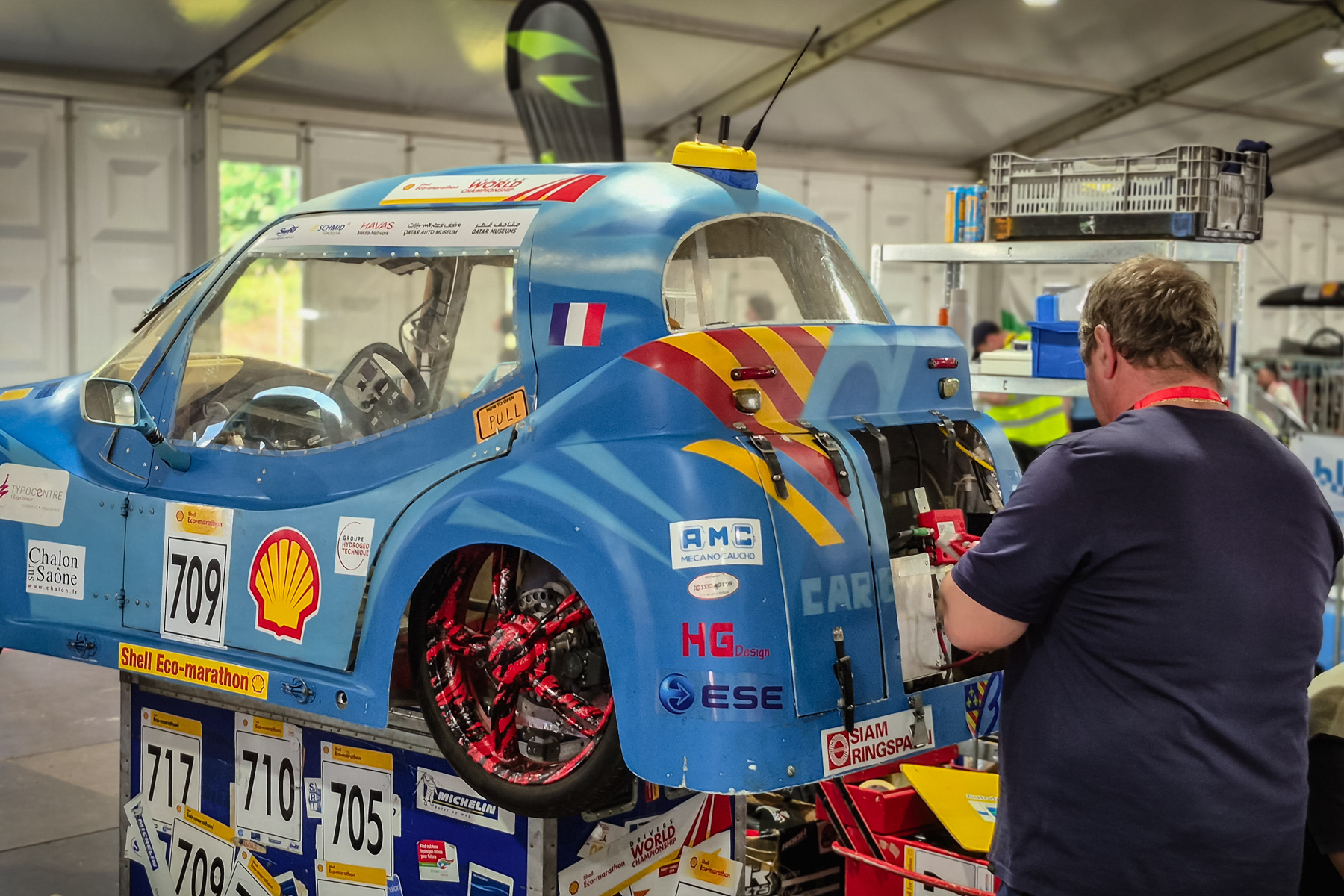
Adjusting the set-up of this French Car.

The urban concept of the Ruse University, Bulgaria.
A view into the heart of one of the urban concept cars.
With lines similar to the 1940s SAAB cars.
Heading towards the finish line.
Almost like the US Secret Service keeping in touch with the presidential vehicle.
Adjustment to a prototype, outside the paddock and outside the pit.
A prototype from Luxembourg being pushed back to the pit.
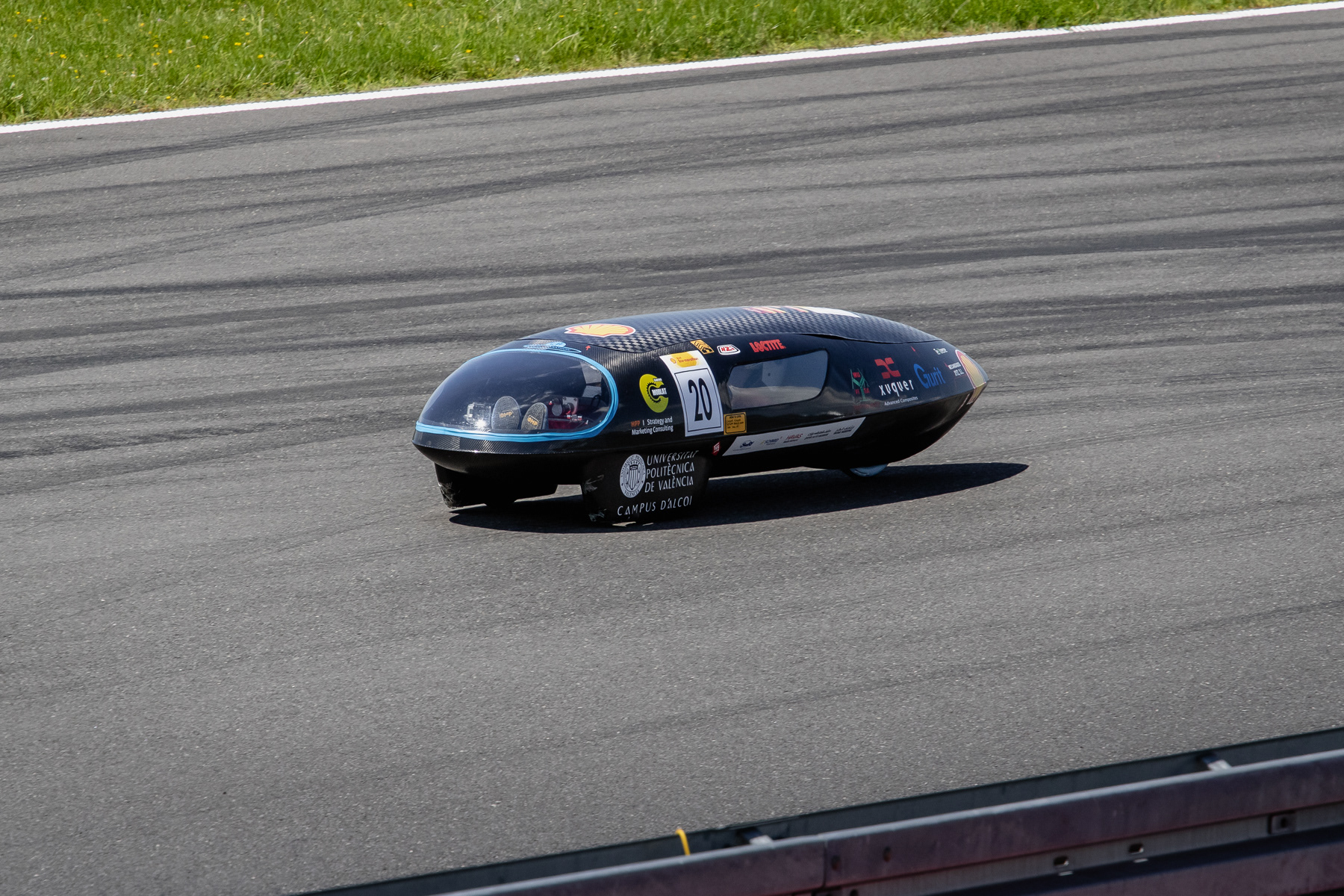
Prototypes on the track.
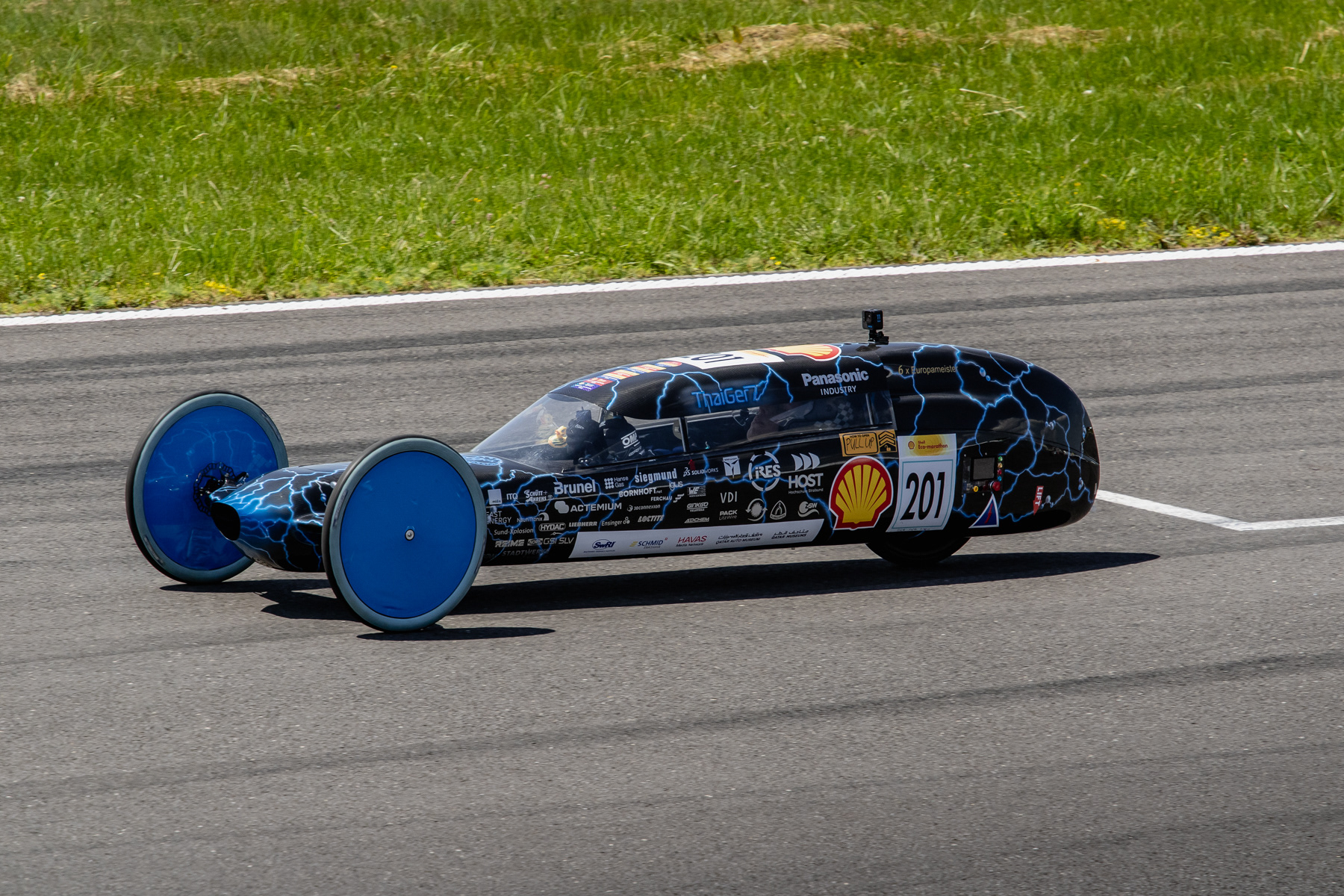

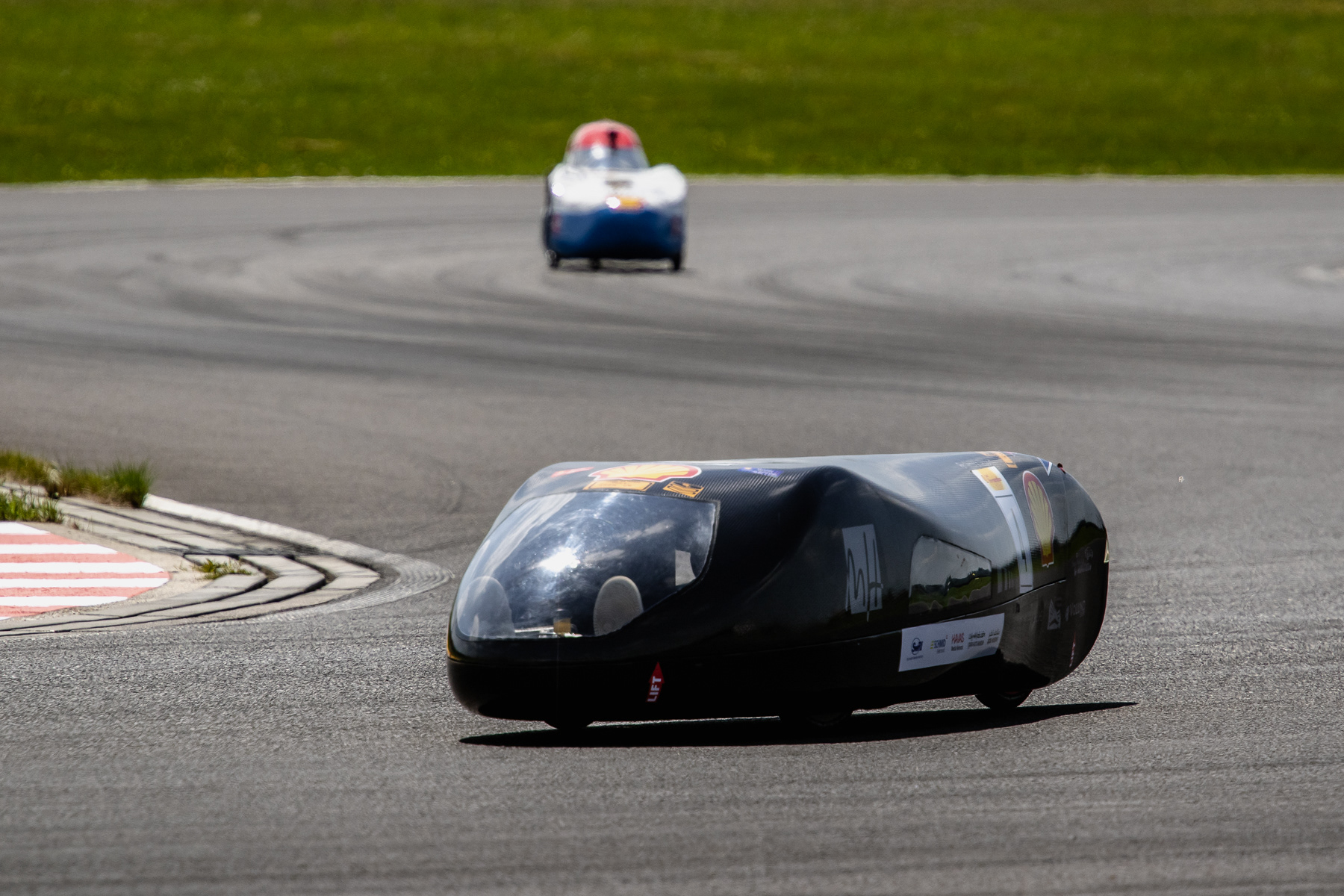
A Luxembourgian prototype on the track.
Close-up of a Germany prototype and its driver, while racing.
Through the curves, this urban concept of the Széchenyi István University of Győr, Hungary.
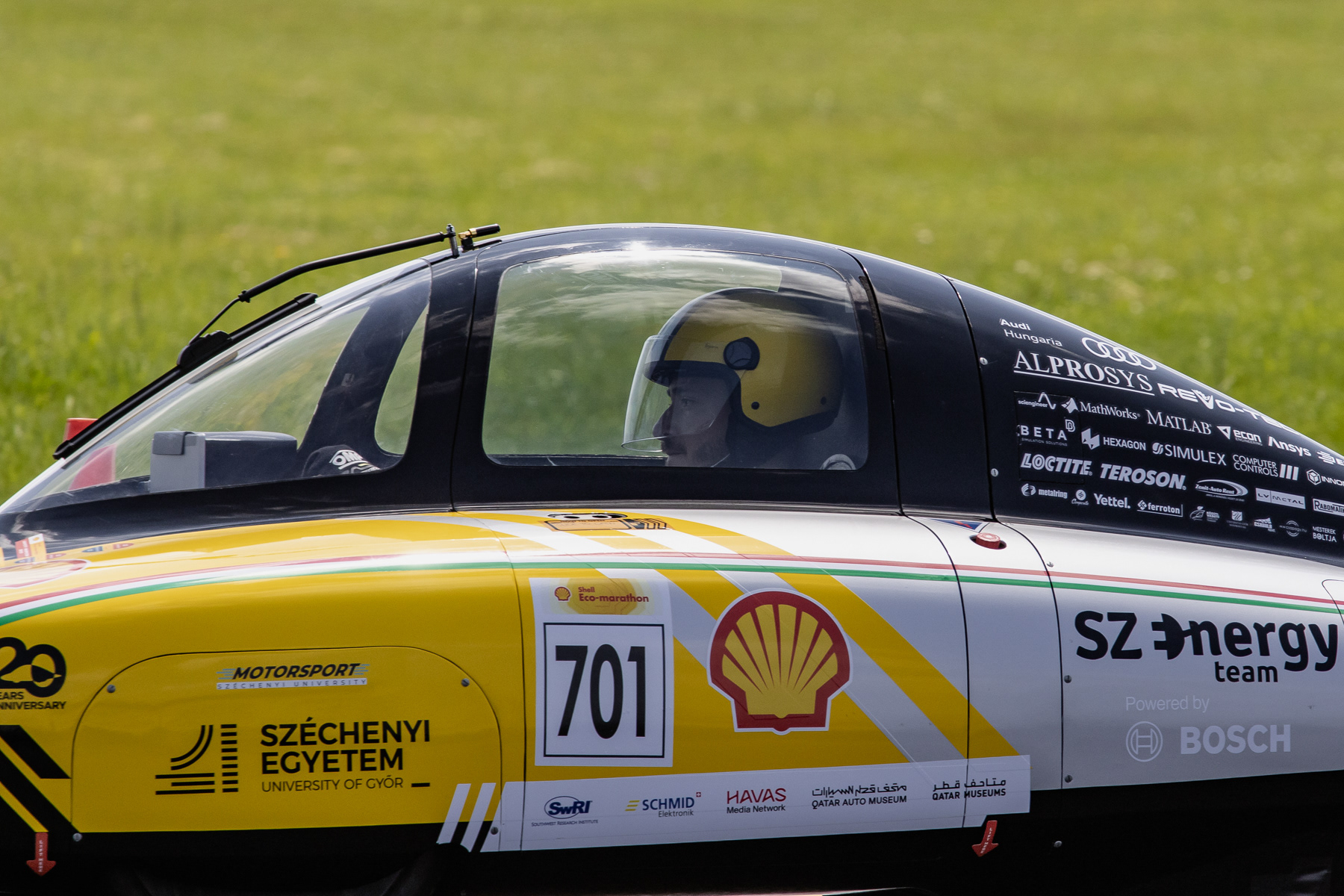
It could as well be the cockpit of a modern fighter jet.

Inspired by the Citroën 2CV?
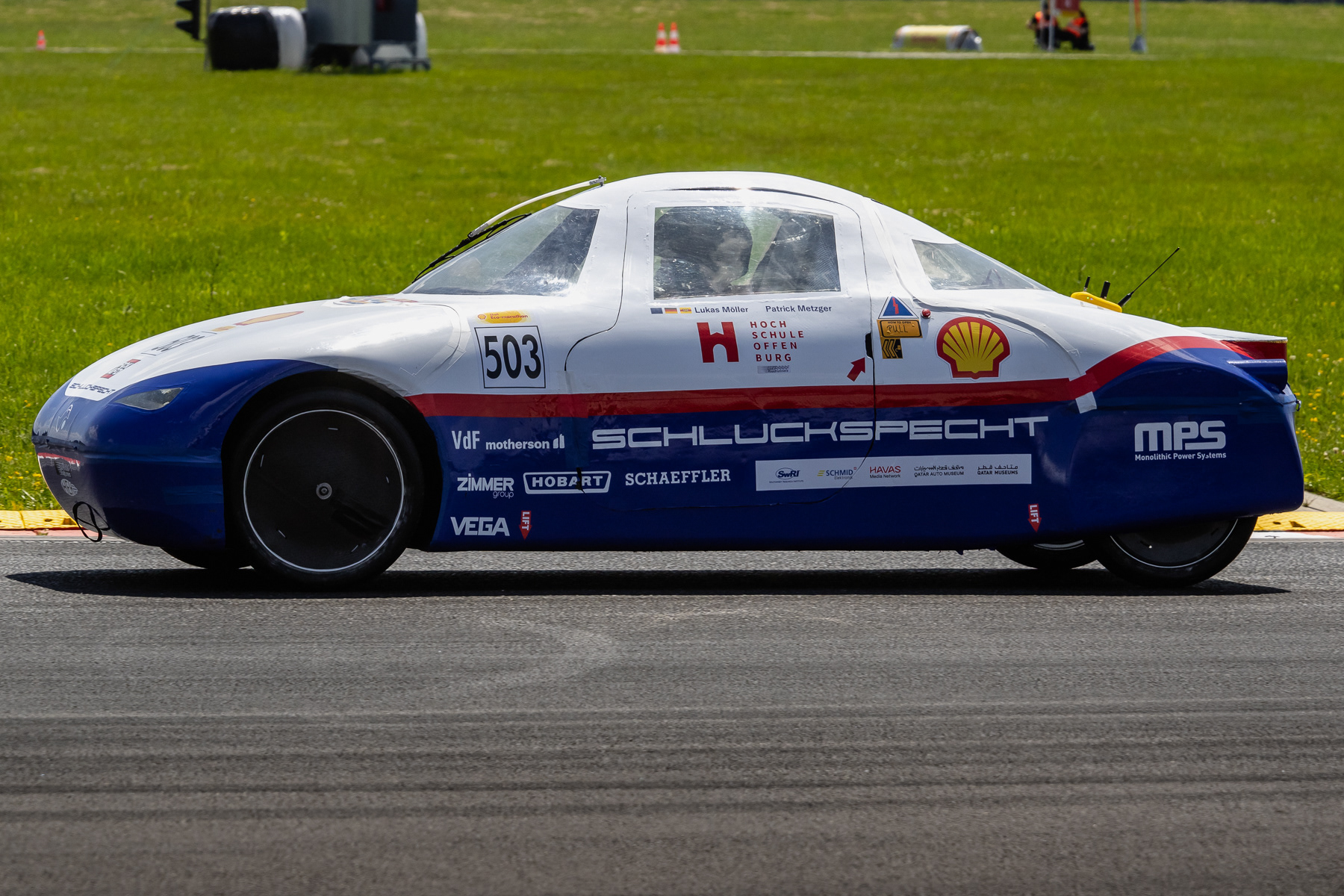


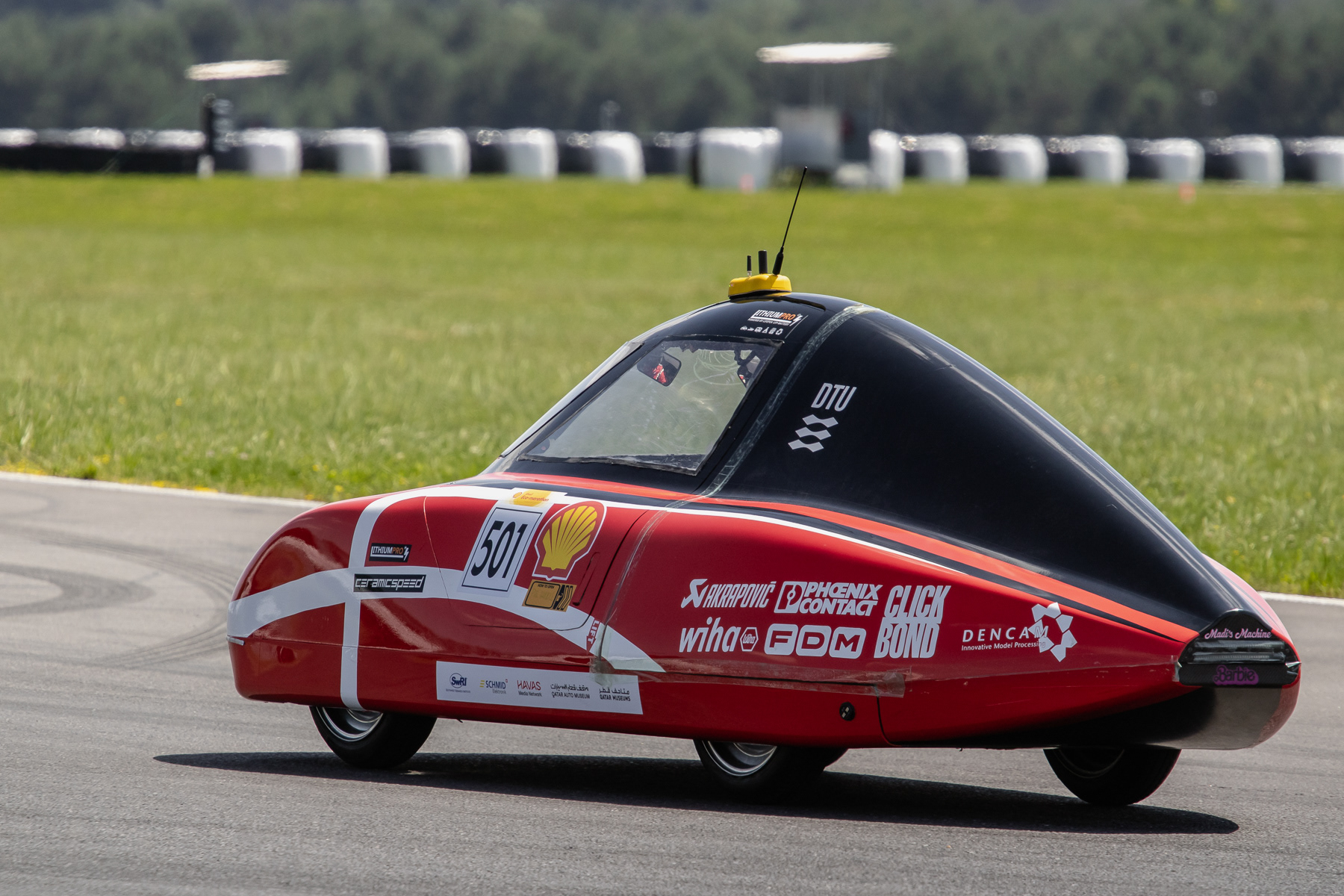
The driver of the Polytechnic of Arnhem and Nijmegen (HAN) team, the Netherlands, looks out of the window of her car